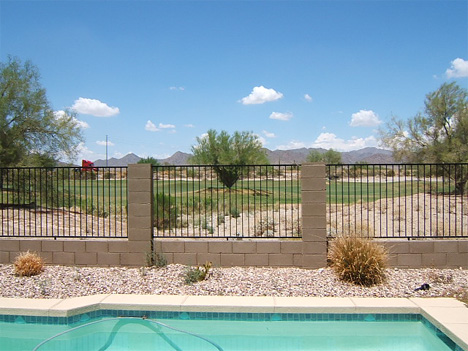This from my Arizona Republic real estate column (permanent link):
Here’s a situation that’s all too common in the Phoenix real estate market right now:
You make what you think is a good offer on a home, only to find out that you are one of several bidders. The home can be lender-owned, a short sale or just an ordinary owner-owned home. It’s probably priced pretty aggressively to the market, though. That’s why it attracted multiple offers.
Here’s what happens next: The listing agent sends out Multiple Counter Offer forms. The Multiple Counter Offer can specify some ideal offer, perhaps the best one received so far. Or the lister can simply ask buyers to make their best offer. Or the Multiple Counter Offer can specify different terms to each buyer.
How do you respond?
You don’t know what you’re competing against. And even if you have a fair idea of what the best offer might have been before the lister sent out the Multiple Counter Offer, you have no idea what you might have to beat by now.
But, guess what? It gets worse. Because you don’t even know for sure that there are other buyers, or, if there are, if they are willing to respond to the Multiple Counter Offer.
Do you understand? You could be involved in a brutal bidding war — bidding only against yourself!
What are your alternatives?
First, don’t get caught up in the fever of a silent auction. A property is worth what it’s worth in the current market. It does not gain in value just because people are competing for it. Your offer should reflect the market value of the home. If you lose out, go buy another. Houses are not in short supply.
And because houses are not in short supply, ask yourself why you’re in such a fierce competition to begin with. You might not be able to get the property that’s listed at a very low price but sells at a much higher price. But you may be the only bidder on the home that is priced to the market — and will end up selling for the market price.
